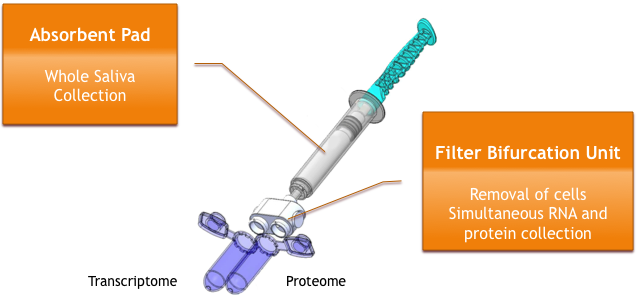In a perfect world, extracellular vesicles (EV) would be the same size, have the same contents, and have similar functional potential. However this is not a perfect world. A laboratory across the hallway, doing similar work, may isolate, characterize and thus define EVs differently than their neighbor laboratory. These differences are easy to understand when we consider that EVs are derived from different sources such as humans, mice, rats or even fruit. From each of these sources there may be many different sub-areas of isolation such as bone marrow, blood, serum, saliva, urine, CNS, whole organs and tissues or even immortalized cell lines. We then must consider that the process of isolation of these EV is also different. Ultracentrifugation is a typical and well documented method but variation in rotors, speed and time alter the final isolated EV population. Our laboratory, like others, has used differential centrifugation as our isolation technique and has been able to separate extracellular vesicles into those designated as exosomes with a size range of 40-120 nm and larger vesicles termed microvesicles, which range from 120 to 1000 nm. These ranges are, of course, inexact, but many published works have focused on either microvesicles or exosmes or in some the combined populations, and have shown various functional effects. Other methods for isolation include proprietary biotech kits or columns. Most of these kits isolate exosomes, however some do isolate into the microvesicle range.
EV source and method of isolation are two primary variables to consider when examining the heterogeneity of EV. Other considerations may be less obvious. For example that laboratory across the hallway likes to isolate their vesicles early in the morning from 12 week old female mice, while our lab isolates our EV from 6 week old male mice in the afternoon. Could changes like age, sex and timing of isolation make a difference in the EV population? We think so. Do we think that it could alter the EV potential to impart a functional change on a target cell? We do.
Historically, characterization of EV has been carried out by determining 1) transmembrane or lipid bound extracellular proteins including tetraspanins, integrins, growth factor receptors, heterotrimeric G proteins or phosphatidyl serine binding MFGE8, 2) cytosolic proteins such as TSG101, ANXA, RAB or syntenin, 3) intracellular proteins such as Grp94, CANX, GM130, cytochrome C, histones, and the Argonaute/RISC complex, and 4) extracellular proteins such as acetylcholinesterase, serum albumin, extracellular matrix and soluble secreted proteins. Here one can immediately see the potential for heterogeneity. Our approach has been to isolate EV by ultracentrifugation into three groups: everything (essentially an ultracentrifuged pellet), exosomes and microvesicles as described above. Our studies have focused on the function of these EV.
We have been investigating two separate functional models: 1) induction of pulmonary hypertension (PH) by lung derived vesicles from mice with monocrotaline-induced pulmonary hypertension, and 2) healing effects of mesenchymal derived stem cell vesicles on irradiation injured hematopoietic cells. In the PH studies, exosomes, but not microvesicles, were the functionally operative vesicle species, while with irradiation injury, the microvesicles were the predominantly active population. Heterogeneity with regard to functional effects can be characterized to some extent as relating to the basic nature of the originating cells, the trafficking of the vesicles and the nature of the responding cell.
If we look at the abstracts from the ISEV meeting held in April, 2015 in Bethesda, a large number emphasize various aspects of heterogeneity. Variables impacting these cells include physiologic variables such as cytokine exposure, ambient temperature, circadian rhythms, age, hormonal status, and sex, to cite a non-inclusive list. Also various pathologic conditions will impact the nature of vesicles emitting from different cell populations: ischemic and traumatic injury, smoking, hypoxia, heat, cancer, different infections, and autoimmunity — also a non-inclusive list. The basic nature of vesicles used in different functional studies is also impacted by the isolation approaches utilized, storage conditions, media choice, and the time between isolation and functional testing.
The heterogeneity of cell-derived vesicles is not surprising. These are not molecular entities but rather cellular components. They cannot be precisely defined in a molecular sense, just as bone marrow cells used in marrow transplantation cannot be precisely defined. Characteristics used to define these cells, such as surface markers, may be misleading as well. A good example is that while CD63, a classic exosome marker, is universally present when Western blot studies are carried out, when individual vesicles are queried, anywhere from 3 – 30% of the vesicles may express this epitope on their surface.
Now it may seem, with such heterogeneity, that it would be very difficult to perform good EV analysis and characterization. We would say that, despite not being a perfect world, as long as the experiment is well controlled and the analysis is well documented and presented clearly, then the observations and characteristics of one laboratory’s EV population is just as valid as the laboratory doing similar work across the hallway. Even if they do like to start work early!





